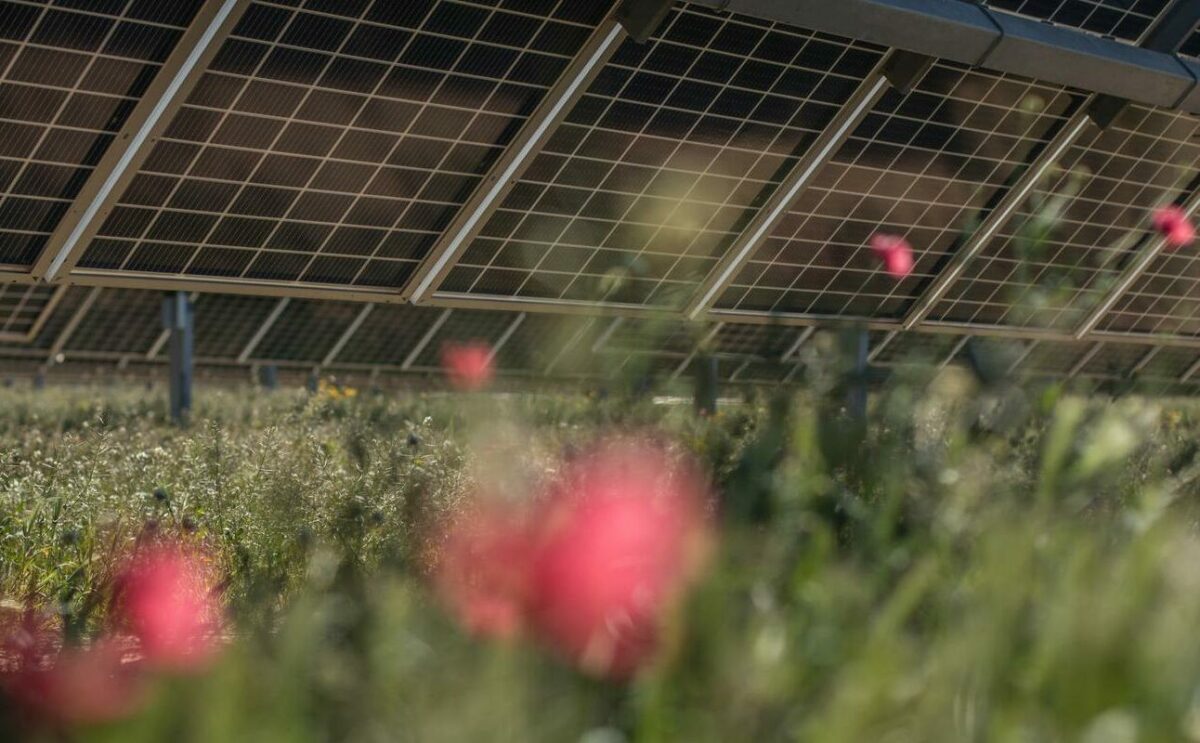New Blog Post from Nick Boyle – Energy Live News!
Everyone’s pretty au fait with the general shape of a PPA – renewable developer meets end user, and both live happily ever after with a mutually beneficial purchase agreement – but for many people the rest of the details are a little hazy. There’s a lot more to a PPA than just settling on a rate, so let’s lift the curtain a little.
Pricing
If we’re being honest, the main draw of any PPA is, of course, the chance to fix your business costs. However, this isn’t always as easy as just picking a number. Setting the wrong price can be a real disaster for solar developers, making it impossible to deliver the solar PV farm within their budget. Fortunately, prices for solar hardware have fallen significantly, making it easier and easier for developers to keep costs reasonable and offer an attractive rate, even without subsidies.
Development and Planning
Strangely, one of the most frequently overlooked aspects of a PPA is the ability to plan and develop a solar PV farm to generate electricity for your business. Developing a solar farm in the UK is no longer the uphill struggle it once was, but there are still many boxes to tick, including obtaining planning permission and getting support from the local community. Remember, you’re not just securing a source of solar electricity for your business, you’re creating a homegrown asset that communities can be proud of.
Legal
Like most documents representing relationships designed to last upwards of 20 years, PPA contracts are often complex and lengthy. With a typical agreement stretching over 60 pages, drawing up and negotiating a robust, mutually beneficial contract is no small feat. Luckily, the actual structure of a basic PPA is in itself not particularly tricky – a simple agreement between a seller and a buyer- it’s the legalese that adds the weight.
Lifecycle management
Once the PPA is signed and the solar farm is built, connected and generating electricity for your business, it’s easy to imagine that’s that, and in many ways it is. Solar is a passive technology, there are no moving parts, no need for fuel or operators, so a solar power plant doesn’t require anywhere near the amount of supervision needed by other power sources. However, to make sure your business is getting as much power as possible from the PPA, the solar site will need to be monitored and maintained throughout its lifecycle. Panels need cleaning, grass needs cutting, etc, otherwise you run the risk of falling levels of solar production over the years.
So there you have it. Some (far from all) of the building blocks of a successful solar PPA. With any luck, the future of energy procurement will rest on them!
News
14 Jul, 2025
Inspiring future energy leaders: ESCP students explore Manor Farm Eggington
Students from ESCP Business School’s London Campus were invited by Lightsource bp to an exclusive visit to the Manor Farm Eggington in Leighton Buzzard.
10 Jul, 2025
Lightsource bp championing sustainable agriculture at AgriVoltaics World Conference 2025
Lightsource bp was proud to be the Gold Sponsor at the AgriVoltaics World Conference 2025 in Freiburg, Germany.
26 Jun, 2025
Lightsource bp signs first PPA in Taiwan with Star Trade for pilot fishery solar project
Lightsource bp has signed a power purchase agreement (PPA) with Star Trade for its Budai solar project in Taiwan.
10 Jun, 2025
Lightsource bp secures financing on its first project in Taiwan and its pilot fishery solar project globally
Lightsource bp, a leading developer and manager of global onshore renewable energy projects, has secured financing for its 115MWp fishery solar project in Taiwan.
05 Jun, 2025
PPAs: a key lever for the energy transition in Europe
Watch our webinar to learn about how sustainable PPAs are emerging as a key commercial solution for corporate buyers.
29 May, 2025
Lightsource bp publishes 2024 Sustainability Report
Lightsource bp, a global trusted partner in delivering onshore renewable energy solutions, is pleased to publish its 2024 Sustainability Report.
28 Apr, 2025
Lightsource bp celebrates World Safety and Health Day 2025
Lightsource bp celebrates World Day for Safety and Health at Work. At Lightsource bp, safety isn’t just one of our core values, it’s ingrained in our culture.
22 Apr, 2025
Celebrating Earth Day: Renewable energy for our world
Lightsource bp celebrates Earth Day! We're safely delivering large-scale renewable energy projects to create sustainable value for our people, partners and planet.
03 Apr, 2025
Brazil: Milagres named among top solar developers in 2024
Lightsource bp’s Milagres solar farms have been recognised as top-performing renewable energy projects in Brazil, ranking among the top 20 solar developers by e-Power Bay.
02 Apr, 2025
Lightsource bp contributes to the World Economic Forum’s conversation on responsible renewables deployment practices
Lightsource bp’s Penny Laurenson, Global Head of Sustainability, contributed to WEF’s conversation and thought leadership on responsible deployment practices.










